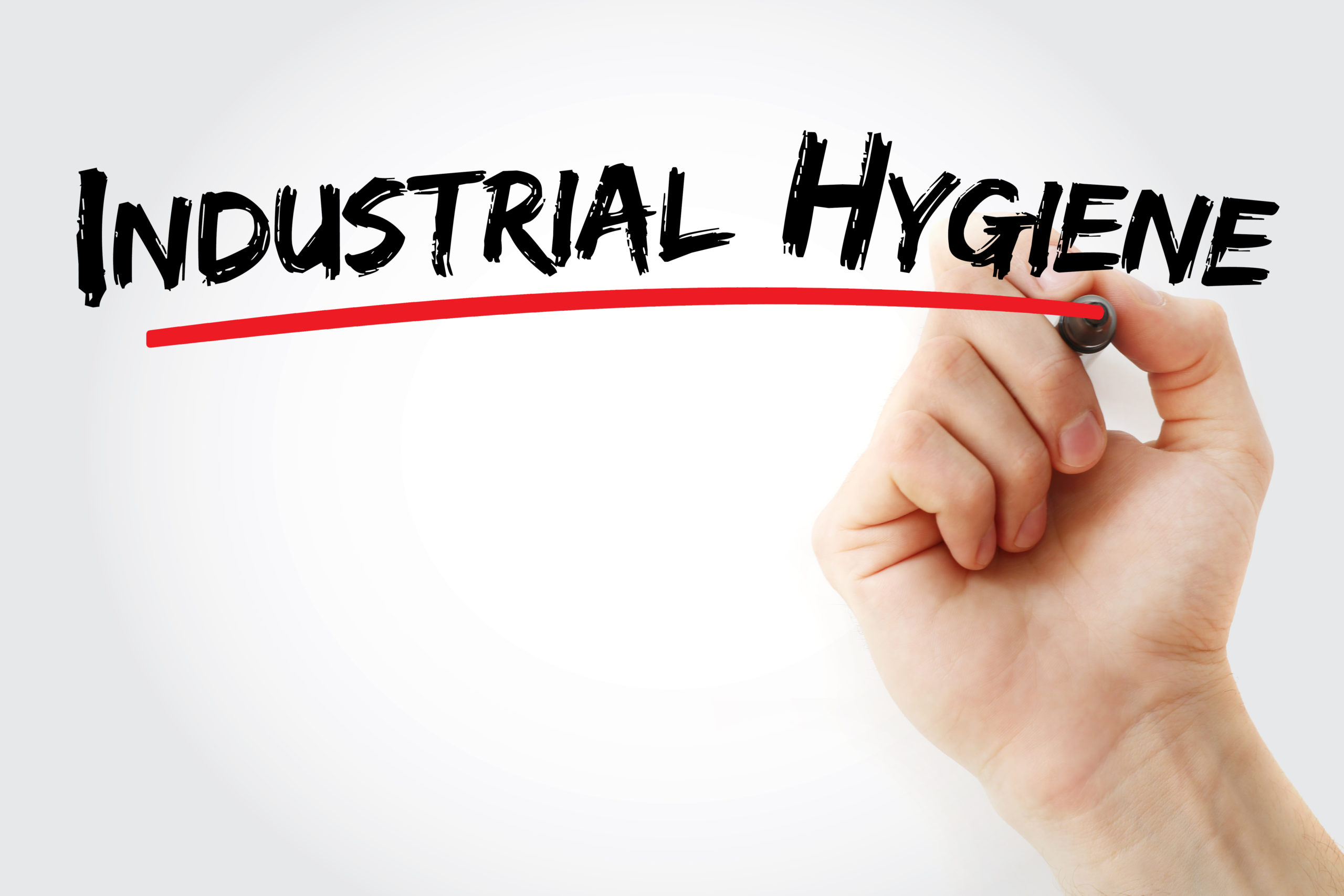
Let us ask you a question: How often do you think about the air in your workplace? The answer may vary depending on your industry but, in many cases, employees don’t stop to consider whether or not the air at work might be making them sick.
But an industrial hygienist will.
In fact, industrial hygiene is to thank for many of the safeguards in place today across many commercial spaces. Here’s what you might like to know:
What Is Industrial Hygiene?
Industrial hygiene is the science of handling both physical and chemical hazards — among others — in the workplace that may prove hazardous to employees. This includes anticipating, recognizing, evaluating, and controlling such threats.
“The term industrial hygiene emerged in the early 1900s with the launch of the Industrial Hygiene arm of the American Public Health Association (APHA),” as explained by the Tulane University School of Public Health and Topical Medicine. “Today, the Occupational Safety and Health Administration (OSHA) requires companies to uphold certain industrial hygiene regulations and occupational health standards.”
Going back even further, we can credit Dr. Alice Hamilton as the mother of occupational health.
And if you’re wondering what, exactly, such threats may include, here are some examples:
- Indoor air quality
- Occupational disease
- Radiation exposure
- Chemical exposure
- Hazardous waste management
- And more
What Does An Industrial Hygienist Do?
“The goal of the industrial hygienist is to keep workers, their families, and the community healthy and safe,” the American Industrial Hygiene Association (AIHA) explains. “They play a vital part in ensuring that federal, state, and local laws and regulations are followed in the work environment.”
In short, the primary objective of the industrial hygienist is to protect people in commercial spaces and other work-related environments.
And, in order to deal with potential workplace hazards, industrial hygienists may…
- Identify health hazards in the workplace
- Investigate the workplace for health hazards
- Develop processes and protocols for mitigating/minimizing health hazards
- Develop remediation processes in the event of existing health hazards
- Collaborate with commercial leaders to integrate the aforementioned
- And more
Most recently, COVID-19 has shed further light on the importance of industrial hygiene. After all, without the work of certified industrial hygiene professionals, controlling viral spread within these environments would be more difficult.
What Does This Have To Do With Luce Air Quality?
According to the Occupational Safety and Health Administration (OSHA), “more than 40 percent of the OSHA compliance officers who inspect America’s workplaces are industrial hygienists.”
But industrial hygienists aren’t only found in government organizations.
In fact, we’d like to take a moment to recognize our own Shannon Luce, who has recently become a certified industrial hygienist (CIH)! Congratulations, Shannon, we’re proud of your hard work and continued contributions to the health of our neighbors and community.
If you have further questions about indoor air quality or industrial hygiene — or if you’re ready to schedule your own commercial air assessment with our licensed and certified team, reach out to Luce Air Quality today!
As your indoor environmental specialists, we offer results you can trust. Learn more today by calling 904-803-1014.


